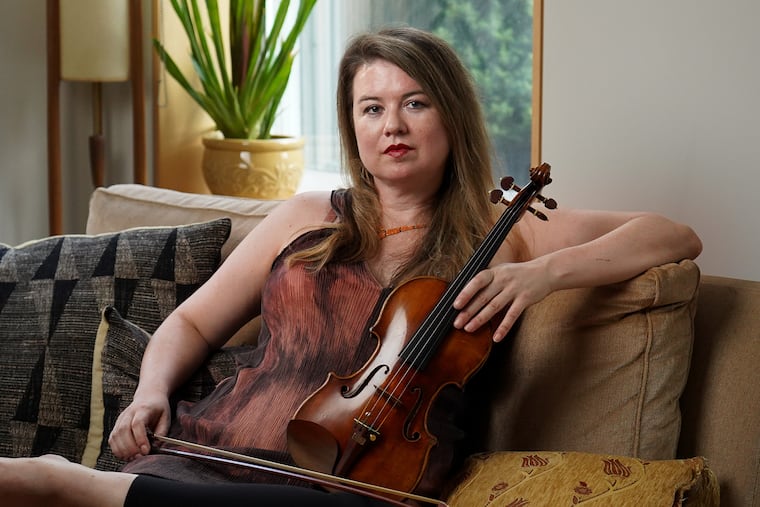The sour notes played at Curtis | Editorial
The Curtis Institute of Music needs to take allegations against a deceased violin teacher seriously.

Even in the somewhat rarefied world of classical music, sexual misconduct allegations against powerful men have become frequent enough to lose some of their power to shock. Scandals have involved Metropolitan Opera artistic director James Levine, and former Philadelphia Orchestra chief conductor Charles Dutoit, among others. But members of the community that treasures and supports Philadelphia’s Curtis Institute of Music were stunned by The Inquirer’s recent story about former student Lara St. John’s long-standing sexual-assault allegations against her late violin teacher Jascha Brodsky.
St. John told the newspaper that Brodsky, who remains a revered figure at the private music school and beyond, sexually abused her repeatedly while she was enrolled at Curtis in the 1980s. St. John, now a successful professional violinist, claimed school officials reacting dismissively, if not disdainfully, when she informed them of what happened not long after the alleged incidents. Brodsky died, at 90, in 1997.
Curtis’ first reaction to The Inquirer story — a singularly clueless email sent to alumni, students, and others seeking to silence discussion about it — resembled the sort of reaction St. John described encountering in the 1980s. Clearly stung by pushback against its call for silence, Curtis has since expressed willingness to evaluate its policies, as well as some contrition about the email; CEO Roberto Diaz apologized for the loss of "trust” it engendered. On Friday, he released a letter that announced the establishment of a hotline for reporting inappropriate behavior.
Since its founding in 1924, Curtis has earned an international reputation, and the desire to protect that legacy is understandable, even commendable. Brodsky can’t defend himself; some who knew or studied with him say they find it difficult to believe such a caring teacher also could be an abuser and predator. They also note that he would have been near 80 at the time of the alleged assaults.
However, St. John and four former students who claim Brodsky pursued them romantically have offered detailed accounts of behavior that rightly would be called out as beyond inappropriate today for an adult teacher of vulnerable young or underage students.
Likewise, an official "mistakes-were-made” approach and vague statements about trying to figure out whether anything is amiss or may need improvement are not an answer. A credible and qualified professional from outside Curtis and the cultural community of which it is a part ought to take an unsparing look at what if anything happened, and why, and how any new allegations of this type ought to be handled, and prevented from happening again.
The findings of such a review ought to be made public. Curtis is a private institution, but it is after all a school, a place of teaching, and learning. As claims of harassment and sexual misconduct have become more and more widespread, the response from schools and institutions who have a responsibility to protect young people is especially critical. That’s a rule book still being written.
Lara St. John insists she was not heard, and now wants to be. Curtis owes it to her, to its current and future students, and to the larger community of students everywhere, to listen. And if necessary, to learn a lesson.